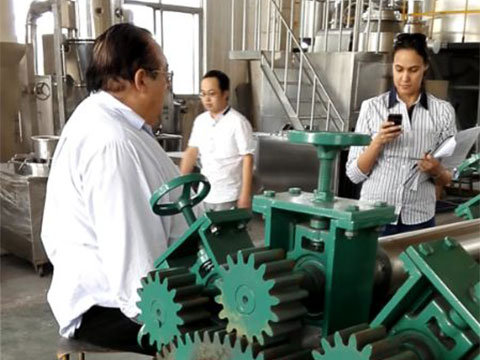Common drying methods in industry
Common drying methods in industry:
Drying method drying is the process of removing moisture from all kinds of materials. All kinds of materials can be solid, liquid or gas. Solid can be divided into bulk material, fiber material, particle material, fine powder material and so on. Moisture is generally the moisture in the material, and it can also be other solvents
(I) Mechanical dehydration
Mechanical dehydration is to extrude part of the moisture by pressurizing the material. Commonly used methods include pressing, sedimentation, filtration, centrifugal separation and so on. Mechanical dehydration can only remove part of the free moisture in the material, and the combined moisture remains in the material. Therefore, the moisture content of the material is still very high after mechanical dehydration, Generally 40-60%. But mechanical dehydration is the most economical method
(II) Heating drying method
That is to say, drying. It uses heat energy to heat the material and vaporize the moisture in the material. To remove the moisture in the material requires a certain amount of heat energy. It usually uses air to dry the material. The air is heated in advance and sent to the dryer to transfer the heat to the material. The moisture in the material is vaporized to form water vapor, which is carried out of the dryer with the air, It can remove the combined moisture in the material and reach the required moisture content of the product or raw material
(III) Chemical dehumidification
Hygroscopic agent is used to remove a small amount of moisture in gas, liquid and solid materials. Because hygroscopic agent has limited dehumidification capacity, it is only used to remove a small amount of moisture in materials. Therefore, it is rarely used in production
In the actual production process, for high humidity materials, mechanical dehydration method is usually used to remove a large amount of free water, and then other drying methods are used for drying

